If you’re like most people, you probably dream of having the perfect garden. But maybe you don’t have the time or money to put into a traditional in-ground garden. Or maybe you live in an apartment and don’t have any outdoor space at all. Don’t worry – there are plenty of affordable raised bed ideas that can help you make your garden dreams a reality! This article will discuss some of the best options for cheap raised beds, as well as offer tips on how to get started.
What is a raised garden bed?
A raised garden bed is a method of gardening where the soil is mounded up into beds, typically surrounded by wood or brick walls. This allows for improved drainage and air circulation, enabling plants to grow in a contained but well-aerated space. It also makes planting and tending to plants easier as the beds are easily accessed from all sides. Many people choose to line their raised garden beds with heavy plastic sheeting to help deter weeds, retain extra moisture, and protect against pests. Raised garden beds can range in size from small containers on a balcony or porch, to large plots in a backyard. They’re an excellent choice for novice and experienced gardeners alike!
Raised gardens can be made of almost any material, including wood, metal, plastic, and even stone. The material used to construct the bed should be chosen based on local climate conditions and personal preference. For instance, people in warmer climates may opt for more heat-resistant materials. Those with small spaces might choose lighter-weight materials such as plastic or metal that can be easily moved around when necessary. Additionally, raised garden beds offer plenty of room for creativity; many gardeners decorate their beds with pieces of driftwood or stones to add visual interest.
No matter what type of material is chosen, one of the greatest benefits of using a raised garden bed is that it reduces the spread of weeds since they’re contained within the walls. This makes tending to plants easier, as there’s less weeding to do. Additionally, because the beds are elevated, gardeners can more easily work around the plants without having to bend over or kneel. This makes it a great choice for those with back problems or limited mobility [1].
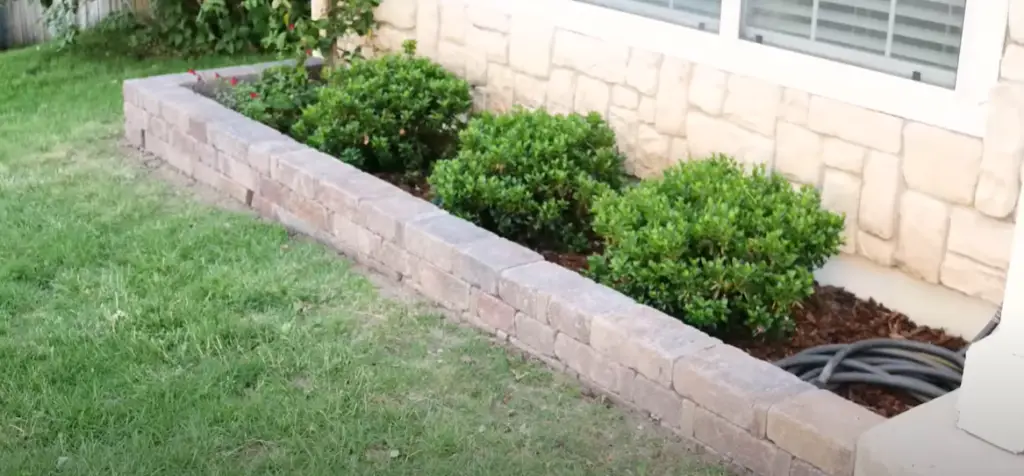
Types of Raised Garden Beds
Raised garden beds come in a variety of shapes and sizes, and they can be made from a wide range of materials. The most common material used is wood, but you can also find raised beds made out of plastic, metal, and even stone. Here are some of the most popular types:
- Wooden Raised Beds – These are the most popular type of raised garden bed because they have a classic look that fits any landscape. You can buy pre-made wooden beds or build one yourself with boards or logs. Be sure to use rot-resistant wood like cedar or redwood for longevity.
- Metal Raised Beds – Metal beds are great if you’re looking for something more modern and sleek. They come in a variety of colors and finishes, and they’re incredibly durable. The downside is that they can get very hot in direct sunlight, so it’s best to choose a material with some kind of insulation built in to keep the soil temperature regulated.
- Plastic Raised Beds – These are the most affordable type of raised bed, but they don’t have quite the same aesthetic appeal as wooden or metal beds. They also tend to be less durable than their counterparts, so you may need to replace them more often.
- Stone-Raised Beds – If you want something truly unique for your garden, stone-raised beds are a great option. They add an element of natural beauty to your landscape, and they’re incredibly durable so you won’t have to worry about replacing them any time soon. The downside is that they can be quite expensive and difficult to install.
- Composite Raised Beds – For a low-maintenance option, composite raised beds are the way to go. They’re made from a blend of wood fibers and plastic, which makes them resistant to rot and pests while still having the look of real wood. This type of bed is also relatively lightweight so it’s easy to move around if needed.
No matter what type of raised garden bed you choose, make sure it suits your needs and space constraints before making a purchase. Your local garden center or home improvement store should be able to help you find the right bed for your needs [2].

What to Consider When Choosing the Best Raised Garden Bed?
Materials
The material you choose for your raised garden bed will determine its longevity, as well as how easy it is to maintain. Some popular materials for building a raised garden bed include wood (cedar is often recommended because of its natural resistance to rot), plastic, brick, and metal. Each material has its advantages and drawbacks, so compare the options carefully before deciding which one is best for your needs.
Location
Where you place your raised garden bed can have a major impact on the plants that grow in it and their overall success. Look for an area that gets at least 8 hours of direct sunlight each day and that offers good drainage. If possible, avoid areas with excessive amounts of shade or ground cover such as trees or large shrubs.
Size
Raised garden beds come in a variety of sizes, so you should carefully consider the size that is best for your needs. Large beds can be quite heavy to move and may require additional support. Smaller beds are easier to manage but may limit how much you can grow in them. Make sure to measure the space where you plan to place your raised garden bed before making a purchase. The average size of a raised bed is 4 feet by 8 feet, but you may need to adjust this depending on the size of your garden area.
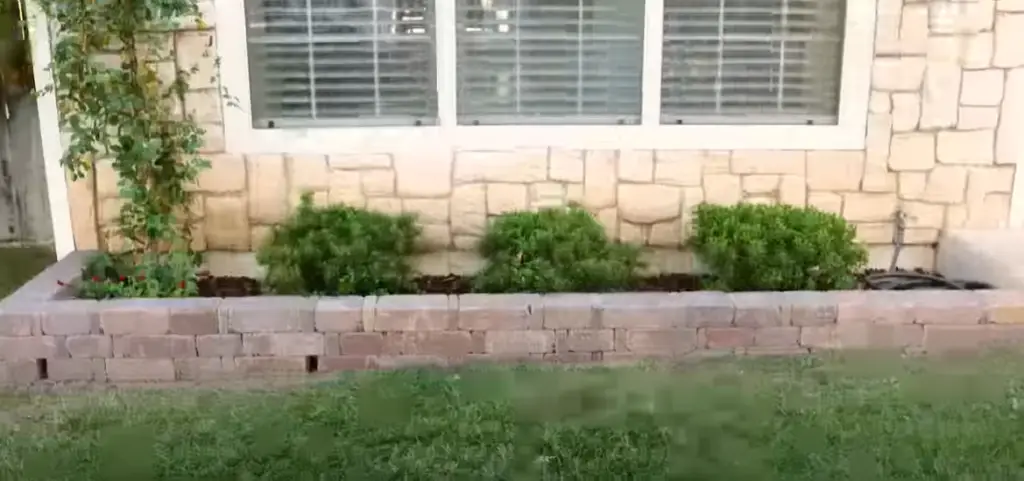
Depth
The depth of your raised garden bed should be determined by the type of plants you plan to grow in it. Most vegetables and annuals will thrive in beds that are 8-12 inches deep, while root crops like carrots and potatoes do best when planted in beds that are at least 12-18 inches deep. Consider how deep you want to go when deciding which size raised garden bed is right for you.
Ventilation
Raised garden beds tend to have better drainage than traditional gardens since they are elevated off the ground. However, if water accumulates too quickly due to poor ventilation, it can cause plant roots to become waterlogged and rot. To ensure good drainage, look for raised garden beds that feature some type of venting system at the bottom or sides. This will allow excess moisture to escape while still providing sufficient water absorption.
Accessibility
When choosing a raised garden bed, make sure you consider how easily you’ll be able to access the plants and soil in it. Some beds, such as those with legs or wheels, are easier to move around than others. You should also think about how comfortable it will be for you when tending to your plants – raised beds with benches are ideal for this purpose!
Shape
The shape of your raised garden bed can also influence its success and ease of use. Square or rectangular beds tend to be the most common and offer the most efficient use of space, but round or octagonal beds are also popular options. Consider which shape will work best for your plants and intended layout before making a purchase.
Ease of Assembly
Make sure to consider how easy the raised garden bed is to assemble. Some kits may require some basic carpentry skills or power tools, while others can be assembled in just a few minutes with no tools required at all. Choose a product that you are comfortable putting together so that you can get your garden up and running as soon as possible!
Special Features
When choosing a raised garden bed, you may also want to consider any additional features that could be beneficial for your gardening needs. For instance, some models come with an integrated irrigation system that will provide hands-off watering for your plants. Others may feature pest barriers to keep animals out of your garden, while others still may offer adjustable heights so you can adjust the elevation of the bed as needed. Consider what features you need and shop around for a product that best meets those needs [3].
Cost
Finally, the cost of your raised garden bed should factor into your decision. Depending on the size and materials used, these beds can range from relatively inexpensive to quite expensive. Take some time to compare prices and determine which option fits within your budget before making a purchase. The average price for a 4-foot by 8-foot raised garden bed is around $150, but this can vary depending on the features and materials used.
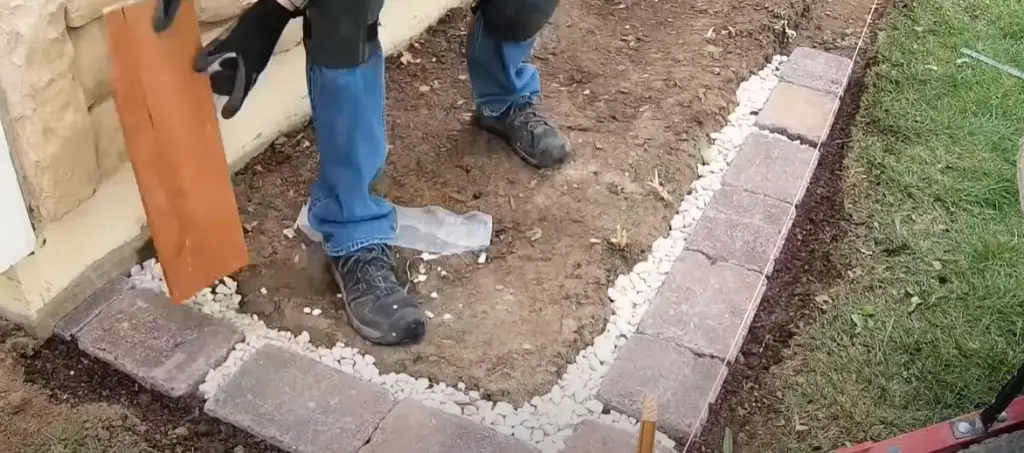
Inexpensive Raised Garden Bed Ideas
Steel Bin Idea
One of the most popular and inexpensive ideas for raised garden beds is to use old steel bins as a frame. To create your own, find an old bin at a yard sale or salvage store. You can then line it with plastic sheeting, fill it with soil and compost mix, and start planting your vegetables. This method is especially good for people that move frequently since the entire garden bed can be disassembled quickly.
Wooden Pallet Idea
Another great idea for creating a raised garden bed on a budget is to use wooden pallets. Simply lay down two or three pallets on level ground and fill them with soil and compost mix. Then you are ready to start adding your plants and vegetables. The only downside to this is that the pallets may not be as sturdy or weather-resistant as other materials.
Gutter Idea
If you are looking for a really inexpensive way to build a raised garden bed, consider using an old gutter. All you need to do is attach the gutter along the perimeter of your garden and fill it with soil and compost mix. If you want to prevent water from pooling in the bottom of the gutter, simply add small pieces of mesh or plastic across the center of it. This will help ensure that your plants get ample water drainage.
Use Old Planters
If you have old planters lying around, you can easily turn them into raised garden beds. Simply fill the planters with soil and compost mix and start planting your vegetables. The benefit of this is that the planters will already be elevated off the ground and they are also portable so you can move them around if needed.
Cinder Block Raised Garden Bed Idea
This is a great option for those who want to create a more permanent raised garden bed. All you need to do is lay down some treated wood along the perimeter of where you want your garden bed to be and then stack cinder blocks on top in a square shape. This will help keep your plants safe from animals that may try to dig up your garden. You can then fill the inside of the cinder blocks with soil and compost mix and start planting your vegetables.
Repurpose Old Shelves
You can also use old shelves or bookcases to create a raised garden bed. Simply place the shelf on the ground, line it with plastic sheeting, and fill it with soil and compost mix. This will help keep your plants off the ground and away from animals that may try to dig them up. Plus, you can move the shelf around if needed for easy access to your garden.
Put in a Bathtub
Believe it or not, you can even use an old bathtub to create a raised garden bed. Simply line the bottom of the tub with plastic sheeting and fill it with soil and compost mix. Then you are ready to start adding your plants and vegetables. This is perfect for those who want to create a permanently raised garden bed that won’t require any additional building materials.
Tiered Garden Design
If you are looking for a more sophisticated raised garden bed design, consider using tiers. This is a great way to maximize the amount of space in your garden without taking up too much room. Simply build two or three tiers and fill each with soil and compost mix. Then you can start planting your vegetables on different levels, giving your garden an attractive multi-tiered look.
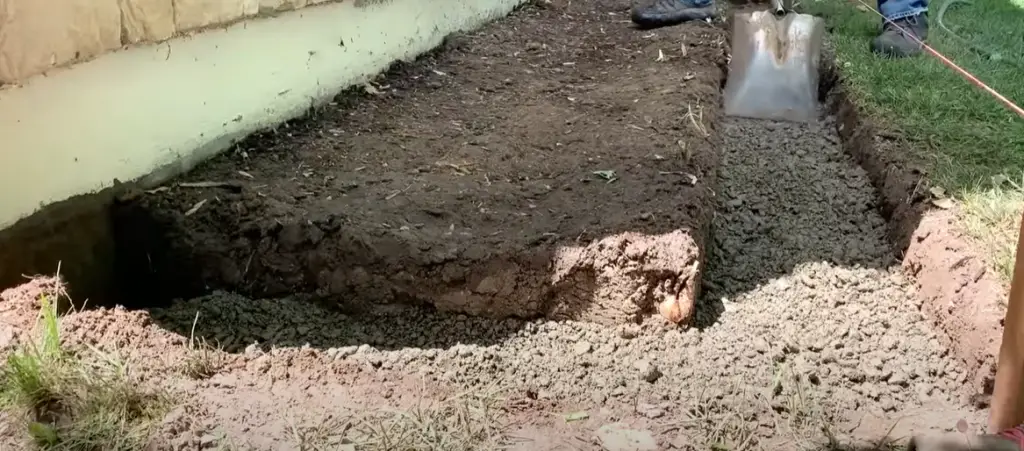
Incorporate a Wooden Ladder
If you want to add an extra decorative touch to your raised garden bed, consider incorporating a wooden ladder. This can be used as the frame for your garden and will help create a unique look. Plus, it’s easy to construct and won’t require any additional building materials.
Use Clay Pots
Clay pots are a great way to create a raised garden bed on a budget. All you need to do is line the clay pots up along the perimeter of your garden and fill them with soil and compost mix. This will give your plants plenty of room to grow without taking up too much space in your yard. Plus, it’s an inexpensive option that won’t require any additional building materials.
Garden Trellis
If you want to add a bit of height to your raised garden bed, consider installing a garden trellis. This can help give your plants the support they need while also adding a decorative touch to your garden. Plus, it’s easy to build with just some wood and nails and it won’t require any additional building materials.
Corner Raised Garden Bed
If you have a corner in your yard that you want to use for your raised garden bed, consider building a corner garden. This is easy to construct and it can help conserve space in your yard while still giving your plants plenty of room to grow. Simply build a frame out of treated wood and fill it with soil and compost mix. Then start planting your vegetables.
Brick Raised Garden Bed
Using bricks is another great way to create a raised garden bed in your yard. All you need to do is lay down the bricks around the perimeter of where you want the garden bed to be and then fill them up with soil and compost mix. This will give you an attractive-looking garden that won’t require any additional building materials.
Fabric Planters
If you are looking for an eco-friendly option for your raised garden bed, consider using fabric planters. These planters are made from breathable fabric and will help keep your plants healthy while also conserving water. Plus, they come in a variety of shapes and sizes so you can find the perfect size for your needs [4].
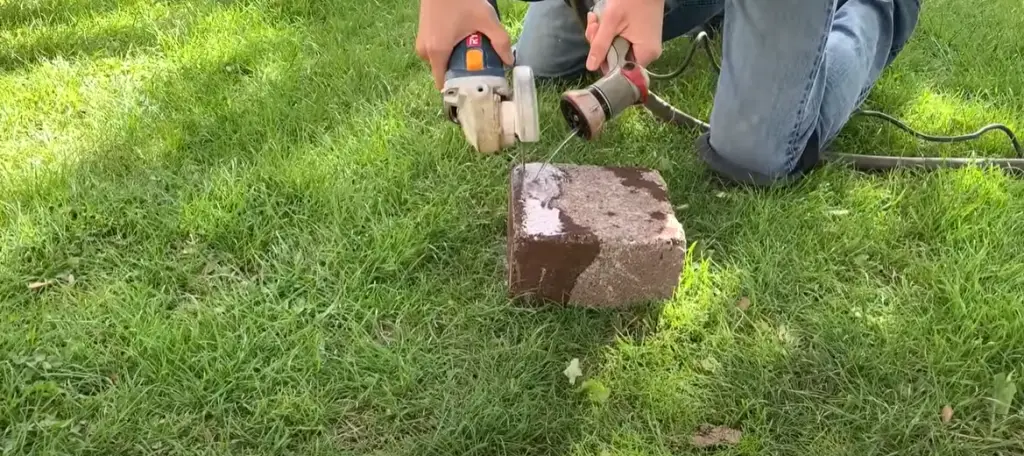
How to make raised beds for the garden?
Raised beds are a great way to maximize the potential of your garden space. They also help improve soil drainage, make it easier to control weeds, and provide an ideal environment for growing vegetables and flowers. Here’s how to make raised beds for your garden:
- Select a sunny spot in your yard that is close to water or has easy access to water. Make sure the area you choose has good drainage – otherwise, your plants may suffer from root rot due to poor drainage.
- Decide what type of material you want to use for the sides of your raised bed – wood, brick or plastic are all popular choices.
- Measure out the area where you will be constructing the raised bed.
- Cut the material for the sides of your raised bed to the correct size and shape, using a saw or jigsaw if necessary.
- Place the frame where you want it in your garden area and secure it with stakes or screws.
- Add some soil to the inside of your raised bed – use topsoil, potting soil, or compost depending on what type of plants you’re looking to grow.
- Plant whatever vegetables, flowers, shrubs, or other plants you choose in your raised bed – make sure they have enough room to spread out and access plenty of sunlight!
- Water regularly and keep an eye out for any weeds that may start growing in between your plants.
- Finally, add a layer of mulch to the top of your raised bed to help retain moisture and reduce weed growth.
What to plant in Raised Garden Beds?
When it comes to raised garden beds, you have a lot of options when it comes to plants. Of course, the type of plants you choose will depend on your climate and soil conditions. Some popular choices for raised garden beds include:
Vegetables – Carrots, tomatoes, peppers, cucumbers, squash, kale, and other vegetables all do well in raised planters. Make sure to research which vegetables grow best in your area.
Herbs – Basil, thyme, oregano, sage, and mint are some popular herbs that can be grown in containers or large planters. They love the sun!
Flowers – Marigolds, pansies, and impatiens can add a splash of color to any garden. Keep in mind that some flowers need more sun or shade than others so choose wisely.
Strawberries – Strawberries do well in containers, as long as they get plenty of sunlight and regular watering.
Fruit Trees – Dwarf fruit trees can be grown in raised beds. Make sure you provide enough space for the roots and soil amendments to keep them healthy.
No matter what types of plants you choose, make sure you always use quality soil and organic fertilizers for your raised bed gardens. Also, keep an eye on them for pests like aphids or fungus gnats. If these insects become a problem, take the appropriate steps to address them quickly before they damage your plants!
FAQ
How to cheaply fill a raised planter bed?
Raised planter beds can be filled cheaply with a mix of organic materials, such as topsoil, compost, and peat moss. To create even better soil, you could add some sand or perlite to the mixture. You could also add slow-release fertilizers and other amendments to improve the quality of the soil in your raised bed. If you are looking to save money, check out local garden centers or online businesses that sell bulk quantities of these materials at discounted rates.
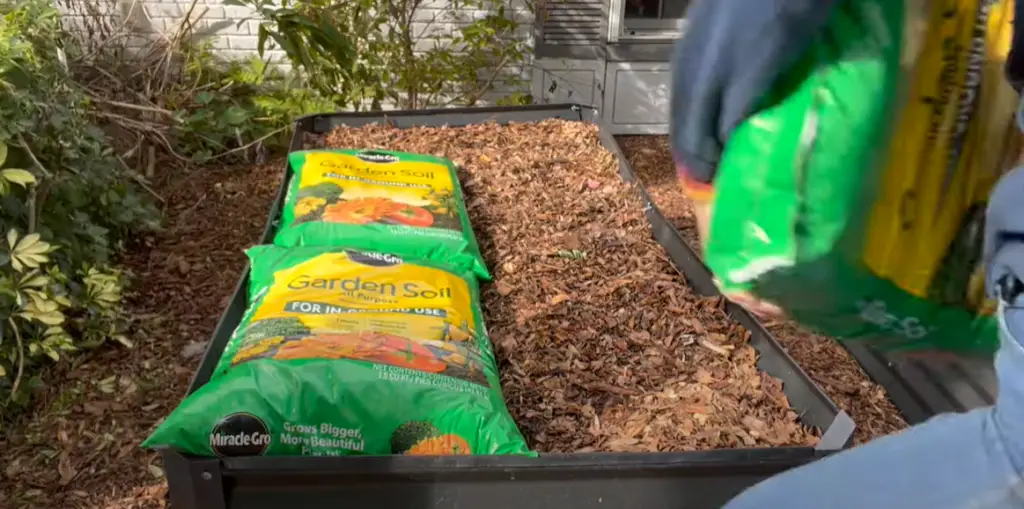
What is the best way to water my raised planter bed?
The best way to water your raised bed is by using a soaker hose or drip irrigation system. Soaker hoses are inexpensive and easy to set up. They can be set up to water the entire bed or just certain areas depending on your needs. Drip irrigation systems are more expensive, but they are better at controlling the amount of water that is going into the bed. Both soaker hoses and drip irrigation systems make it easy to provide plants with a steady supply of water without having to worry about over-watering.
How often do I need to fertilize my raised planter bed?
It depends on the type of fertilizer you use and the plants in your raised bed. It is usually recommended to fertilize every 2-3 weeks during the growing season, but this may vary depending on your specific requirements. If you find that your plants seem to be doing well without additional fertilizer, you can adjust your schedule accordingly. It is also a good idea to add some compost or other organic materials to the soil every year to keep it from becoming depleted of nutrients.
What type of plants do well in raised planter beds?
Raised planter beds are great for growing vegetables and herbs, as well as flowering plants and shrubs. The depth and width of the bed will determine what kind of plant varieties can be grown. Some popular options include tomatoes, peppers, cucumbers, squash, eggplant, parsley, chives, thyme, lavender, marigolds, petunias, rhododendrons, azaleas, and yews.
Are there any tips for making a successful raised planter bed?
Yes! Here are some tips for making a successful raised planter bed:
- Choose the right location – make sure it is in an area that gets plenty of sunshine and has good drainage.
- Prepare the soil – mix topsoil, compost, peat moss, and other amendments to create nutrient-rich soil for your plants.
- Mulch around the bed – adding mulch around the edges of your bed helps retain moisture and keeps weeds at bay.
- Water regularly – use a soaker hose or drip irrigation system to keep plants hydrated without over-watering them.
- Fertilize as needed – fertilizing every 2-3 weeks during the growing season keeps plants healthy and productive.
- Plant wisely – choose plants that are suitable for your climate and make sure they have enough room to grow.
What are the disadvantages of raised garden beds?
Raised garden beds can be more expensive than traditional gardens, as they require additional materials and labor. They also take up more space, which may not be practical for smaller yards or properties. They also need to be monitored and maintained regularly, as the soil in these beds can dry out quickly. Additionally, raised beds can be difficult to access if you are elderly or have mobility issues. If you decide to use raised garden beds, make sure that you plan accordingly so that they will work best for you and your landscape.
What can I use instead of soil in a raised bed?
If you can’t or don’t want to use soil in your raised bed, there are several alternatives available. Compost and composted manure are popular options, as they provide essential nutrients and minerals. Peat moss is also a good option, as it helps retain moisture while providing aeration for the roots of plants. Other materials that can be used include perlite, vermiculite, coir (coconut husk fiber), sawdust, shredded leaves, sand, and even gravel. Be sure to mix these materials with organic matter such as compost or aged manure to provide essential nutrients.
Can you fill a raised bed with just soil?
Yes, you can fill a raised bed with soil. However, it is best to mix topsoil with other amendments such as compost, peat moss, and aged manure. This will provide the necessary nutrients that plants need to thrive. If using only soil, be sure to choose a high-quality option and add organic material every year to replenish any depleted nutrients. Additionally, make sure the bed drains properly so that the roots of your plants are not sitting in water.
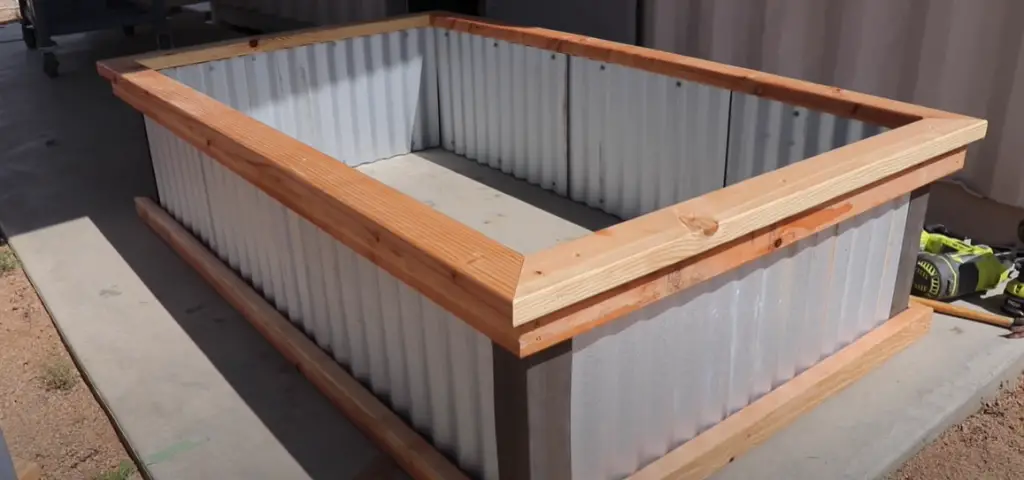
What should I fill the bottom of my planter with?
The bottom of your planter should be filled with a material that helps promote drainages, such as small stones or gravel. This will help to ensure that the roots of plants are not sitting in water and allow excess water to drain away from the soil. Additionally, it is important to add several inches of organic material such as compost or aged manure on top of the gravel. This will provide essential nutrients and minerals for your plants while helping retain moisture in the soil. If you choose to use an inorganic fertilizer, make sure to spread it evenly over the surface of the bed before planting.
Why put cardboard in raised beds?
Putting cardboard in raised beds is a great way to suppress weeds and retain moisture. Cardboard is biodegradable, so it breaks down over time and adds organic matter back into the soil. It also helps reduce compaction and creates air pockets in the bed that help plants’ roots to breathe. Cardboard should be placed at the bottom of the bed before adding soil, compost, and other amendments for best results. Additionally, make sure to cover the cardboard with several inches of mulch to prevent any remaining weed seeds from sprouting up.
Useful Video: 14 Cheap Easy DIY Raised Garden Beds
Conclusion
Inexpensive Raised Garden Beds are a great way to get started with growing your food. They provide an easy-to-manage space for starting your garden, and the cost is relatively low compared to other gardening solutions. With a little bit of research, you can find the perfect setup for your needs, from basic raised beds to more elaborate ones that include additional features such as irrigation and automated systems. Whatever you decide on, you’ll be able to enjoy the fruits (or vegetables) of your labor for years to come. So, don’t wait any longer—start planning and building your raised garden bed today!
References:
- https://thecardswedrew.com/inexpensive-raised-garden-bed-ideas/
- https://www.backyardgardenlover.com/types-of-raised-garden-beds/
- https://www.washingtonpost.com/home/2022/06/08/tips-choosing-raised-beds-gardening/
- https://www.mydomaine.com/inexpensive-raised-garden-bed-ideas-5199097





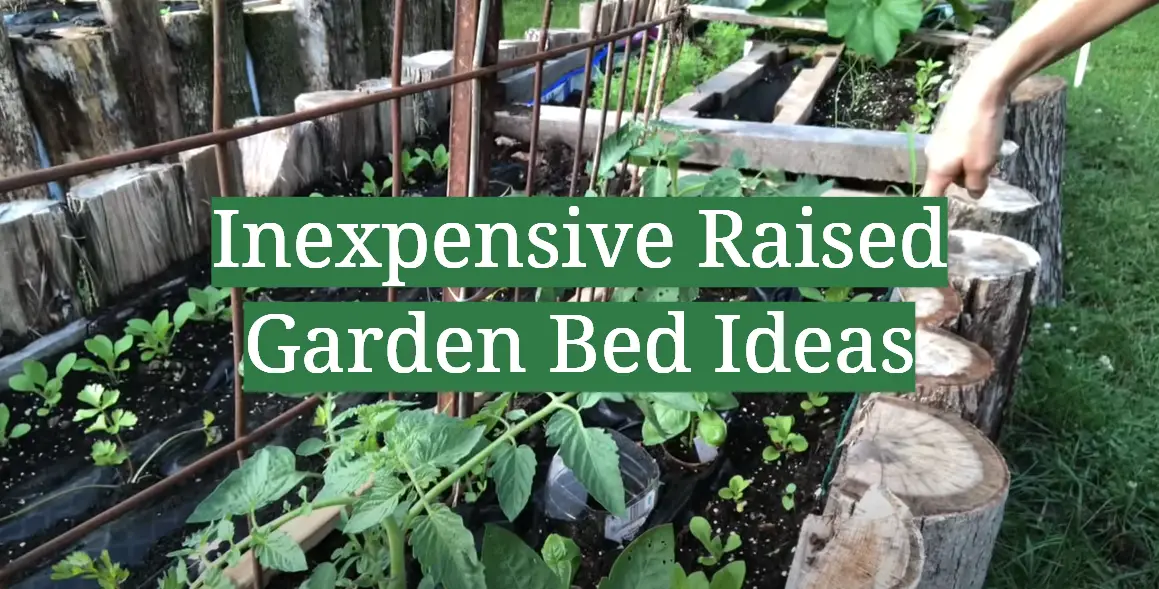




Leave a Reply
View Comments